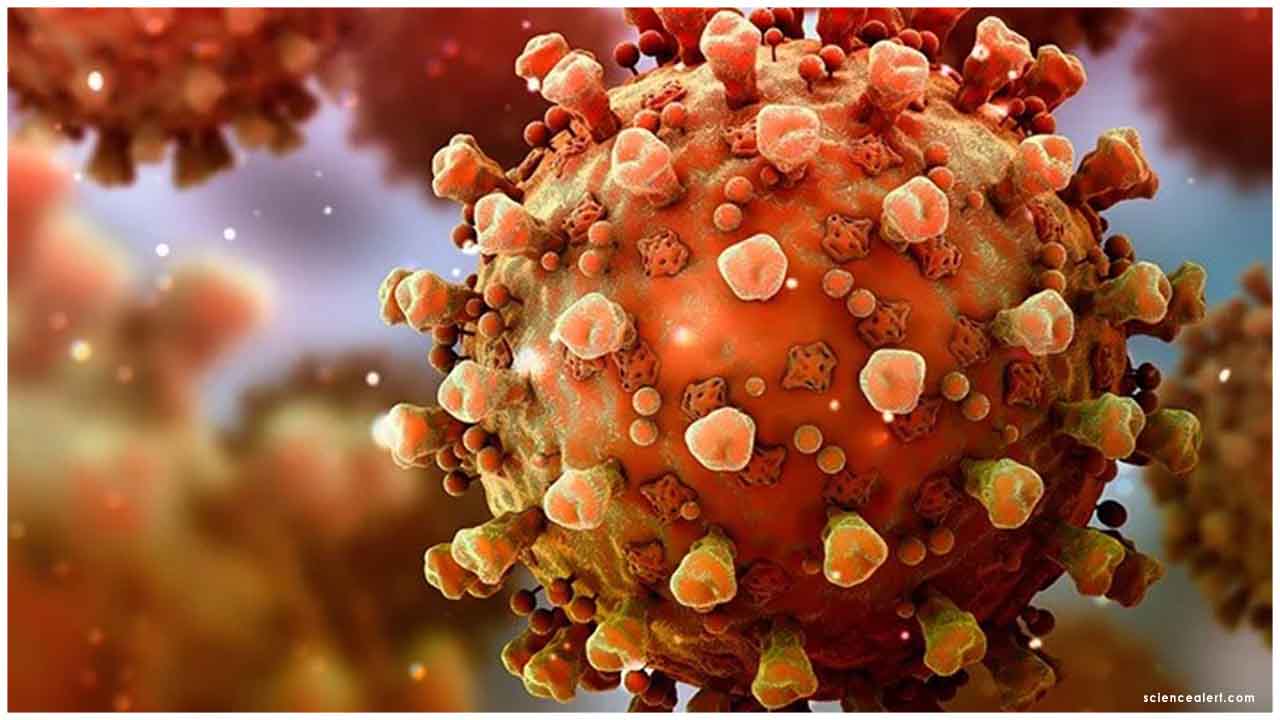Smoking has long been recognized as a significant public health concern, with grave consequences for individuals and society as a whole. However, a recent report released by the Union Health Ministry sheds light on a particularly concerning trend: the sharp increase in smoking among young teenage girls in India.
According to the report issued by India Tobacco Control, while smoking rates have decreased among older women, they have doubled among adolescent girls in the past decade. Between 2009 and 2019, smoking among girls rose by 6.2 percent, compared to a slight decrease among boys. This worrying trend indicates a growing number of young girls becoming addicted to tobacco, posing serious health risks and long-term consequences.
Factors Contributing to Rising Smoking Rates Among Teenage Girls: Experts attribute the surge in teenage smoking to various factors
1. Influence of Parents and Peers: Adolescents often mimic the behavior of their parents or peers who smoke, viewing it as socially acceptable or even desirable.
2. Peer Pressure: Pressure from friends or social circles can lead teenagers to experiment with smoking, seeking acceptance or fitting in.
3. Accessibility: Easy access to tobacco products, despite regulations, makes it convenient for teenagers to obtain cigarettes or other tobacco products.
4. Mental Health Issues: Teenagers may turn to smoking as a coping mechanism for stress, anxiety, or low self-esteem, seeking relief from emotional distress.
Health Risks Associated with Teenage Smoking
The consequences of teenage smoking extend far beyond cosmetic effects such as bad breath and yellow teeth. Smoking poses serious health risks, including:
- Respiratory Diseases: Smoking can lead to chronic bronchitis, chronic obstructive pulmonary disease (COPD), and other lung conditions, reducing lung function and overall respiratory health.
- Birth Defects: Pregnant teenagers who smoke are at risk of giving birth to babies with birth defects like cleft lip or palate, impacting their child's health and development.
- Fertility Issues: Smoking can affect a teenage girl's reproductive health, reducing fertility and increasing the risk of miscarriage or complications during pregnancy.
- Addiction: Teenagers can develop a lifelong addiction to nicotine from smoking, making it challenging to quit and leading to long-term dependence on tobacco.
- Gateway Effect: Tobacco use during adolescence is often associated with the use of alcohol and other drugs, potentially leading to a pattern of substance abuse known as the 'gateway effect.'
Preventive Measures for Parents and Guardians
As parents or guardians, there are several proactive steps you can take to help prevent your teenager from smoking:
1. Open Communication: Have open and honest conversations with your teenagers about the dangers of smoking, emphasizing the health risks and consequences.
2. Education: Educate your teenagers about the harmful effects of tobacco use, including non-traditional products like e-cigarettes and hookah, dispelling any misconceptions or glamorization.
3. Peer Pressure Management: Discuss strategies for dealing with peer pressure, empowering your children to resist temptation and make healthy choices in social situations.
4. Create a Smoke-Free Environment: Maintain a smoke-free home environment, setting a positive example and reducing exposure to secondhand smoke.
Prioritizing Teenage Health and Well-Being
The rise in smoking among teenage girls exposes the urgent need for collective action to address this public health challenge. By raising awareness, providing education, and implementing preventive measures, we can protect our teenagers from the harmful effects of tobacco use and promote a healthier future for generations to come.
.jpg)
 The rise in smoking among teenage girls exposes the urgent need for collective action to address this public health challenge.
The rise in smoking among teenage girls exposes the urgent need for collective action to address this public health challenge. 





.png)














.jpeg)

.jpeg)
.jpeg)
.jpeg)

.jpeg)
.jpeg)
.jpeg)
_(1).jpeg)

_(1)_(1)_(1).jpeg)
.jpeg)
.jpeg)
.jpeg)






